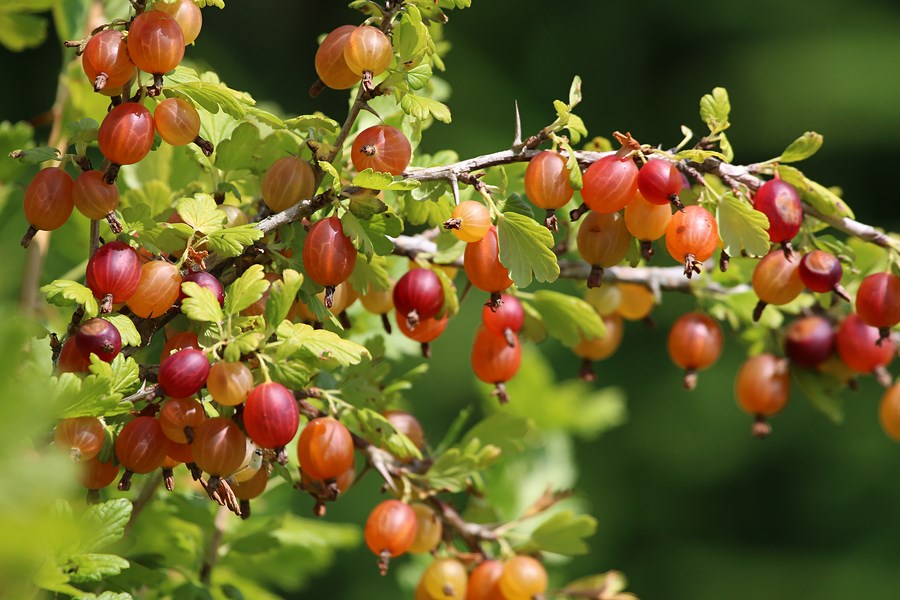In the last edition of “Northern Gardening”, we discussed raspberries, both wild and cultivated. A number of currants, both red and black, and gooseberries are also produced from shrubs that grow in the surrounding area.
Gooseberries are found in open areas, on rocky slopes and at the edge of woods. The fruit is purple when it is ripe. Red currants are found in moist woods. The swamp red currant has bristles on the dark red fruit, while the wild red currant has smooth red berries. Black currants are found at the edge of water bodies such as streams, ponds or ditches. They will grow right into the shallow water.
Picking any of the berries in quantity can be a challenge. The only one I have found in enough quantity to make jam is the black currant once I knew where to look.
Red currants, black currants and gooseberries are easily grown in the garden. “Red Lake” is the most widely grown red currant. It is very productive and fully hardy. “White Pearl” is the same species producing translucent, pale yellow berries with a milder flavour. I have not tried growing it and cannot vouch for its hardiness.
“Pixwell” is among the hardiest gooseberries, and also the most readily available. The berries are on long pedicles, or fruit stems, for easier picking. The bushes are said to have few thorns, but beware, they can make picking a bit of a challenge. The fruit is pink to purple when ripe. Do not pick berries that are green. The ripe berries have a much milder flavour.
Red currants and gooseberries produce well on their own. Some references state that black currants require a partner, a different, nearby cultivar, for cross pollination, with a single shrub having limited pollination and few berries.
I grow “Ben Nevis” which is self-fertile, but I also have an unknown black currant with smaller berries. Both produce masses of berries. Black currants have a strong flavour, and are rarely eaten fresh. They are used primarily to make jam, syrup, juice and wine. The golden currant, related to the black currant, also produces black berries. It is named for its showy yellow flowers.
All are bushes growing from three to five feet in height and width, depending on variety. They like a moist soil with plenty of organic matter. Black currants do well in an area of the garden that is too wet for other plants, whereas gooseberries can tolerate a dryer soil. All will do well with shade for part of the day.
Fertilize with compost or composted manure because the roots are shallow and easily burned by granular fertilizers. Prune out the oldest branches at ground level to maintain good production.




